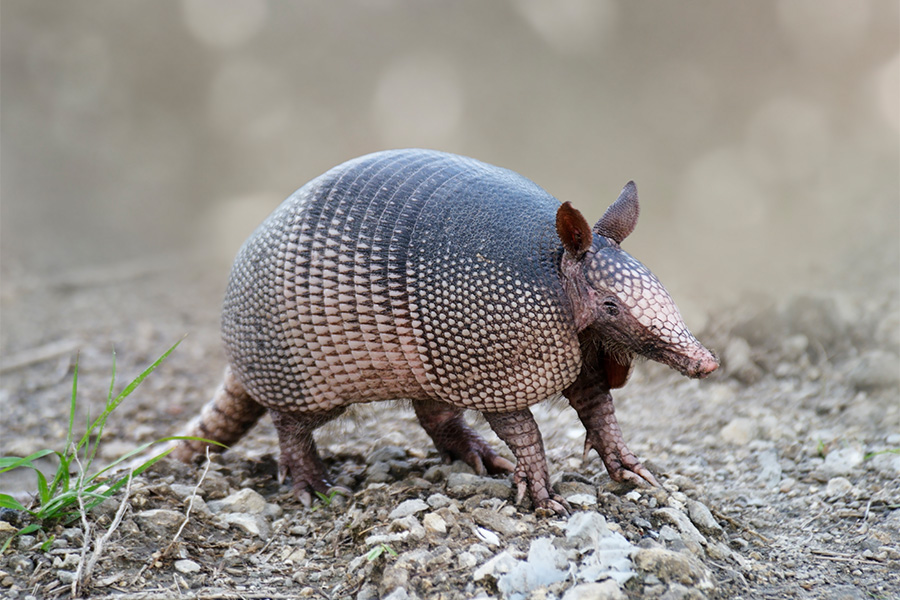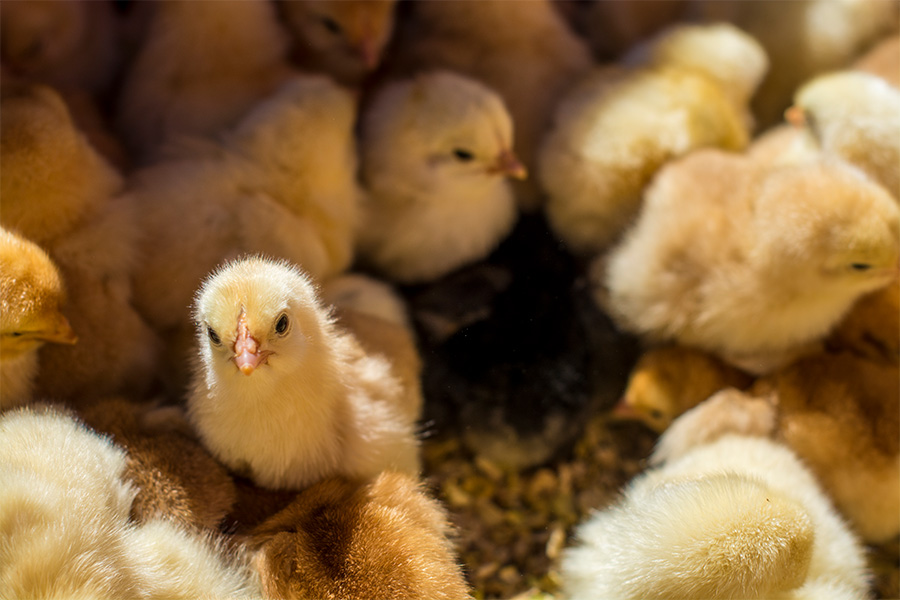-

Scientists classify armadillos with anteaters and sloths. They have poorly developed teeth and limited mobility. Armadillos are considered both an exotic species and a pest.
|
-

This publication discusses general aspects of the copperhead snake.
|
-
 When competing in youth horse judging contests or events at horse shows, it is important to have a good understanding of basic performance events that may be encountered. This publication is designed to give a basic overview of common hunt seat and western pleasure performance classes. It is by no…
When competing in youth horse judging contests or events at horse shows, it is important to have a good understanding of basic performance events that may be encountered. This publication is designed to give a basic overview of common hunt seat and western pleasure performance classes. It is by no…|
-

In this report, analysis of data and results from previous studies are used to provide information concerning the peanut price support issue. This publication is provided for information purposes so that industry leaders may use it in their decision-making process.
|
-
 The main objective in brooding chicks is to efficiently and economically provide a comfortable, healthy environment for growing birds. Temperature, air quality, humidity and light are critical factors to consider. Failure to provide the adequate environment during the brooding period will reduce profitability, resulting in reduced growth and development, poorer…
The main objective in brooding chicks is to efficiently and economically provide a comfortable, healthy environment for growing birds. Temperature, air quality, humidity and light are critical factors to consider. Failure to provide the adequate environment during the brooding period will reduce profitability, resulting in reduced growth and development, poorer…|
-

This publication discusses tropic croton identification and control in cotton and peanut.
|
-

Eclipta is considered to be one of the world’s worst weeds. This publication discusses the identification and control of eclipta in peanut.
|
-
 Whole cottonseed is an excellent feed for dairy cattle due to its high level of fiber, protein and energy (fat) in a compact package. It can be fed just as it comes from the gin without processing or may be pelleted before feeding. Whole cottonseed can also be used to…
Whole cottonseed is an excellent feed for dairy cattle due to its high level of fiber, protein and energy (fat) in a compact package. It can be fed just as it comes from the gin without processing or may be pelleted before feeding. Whole cottonseed can also be used to…|